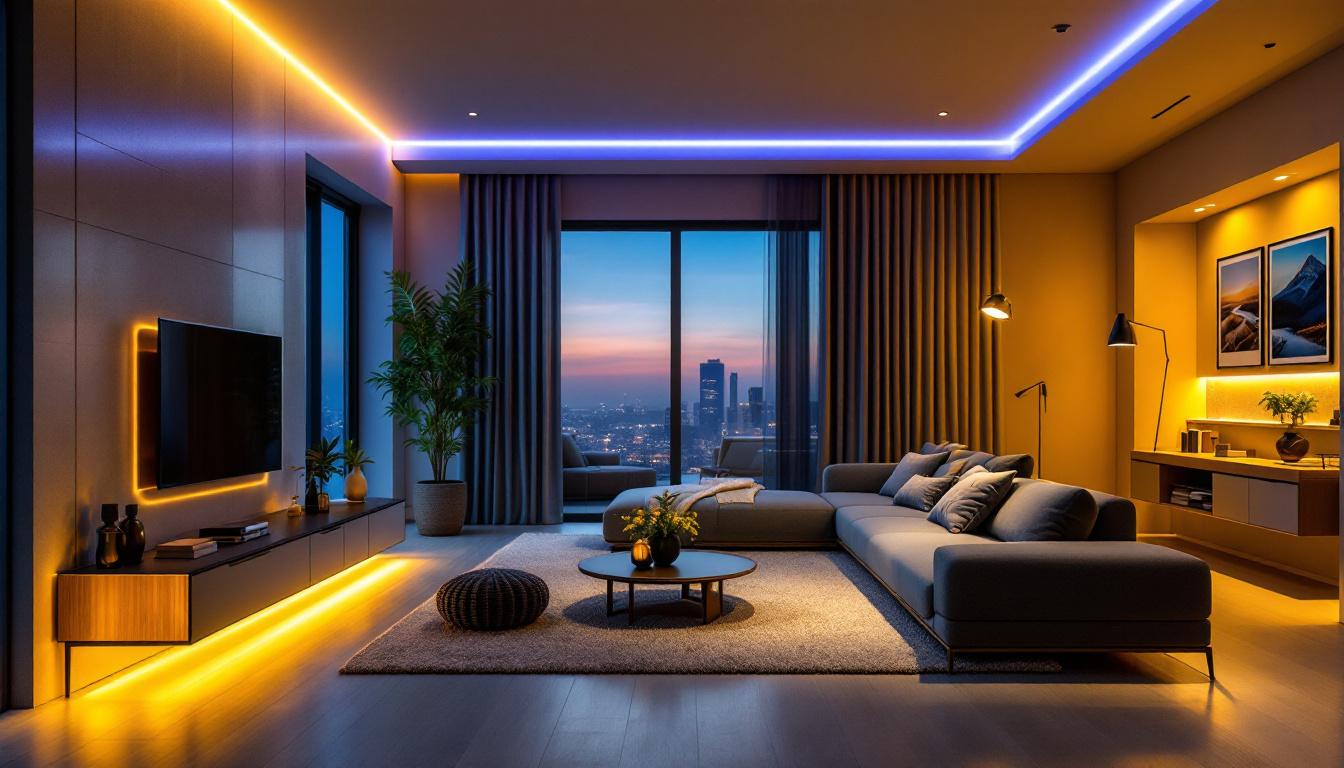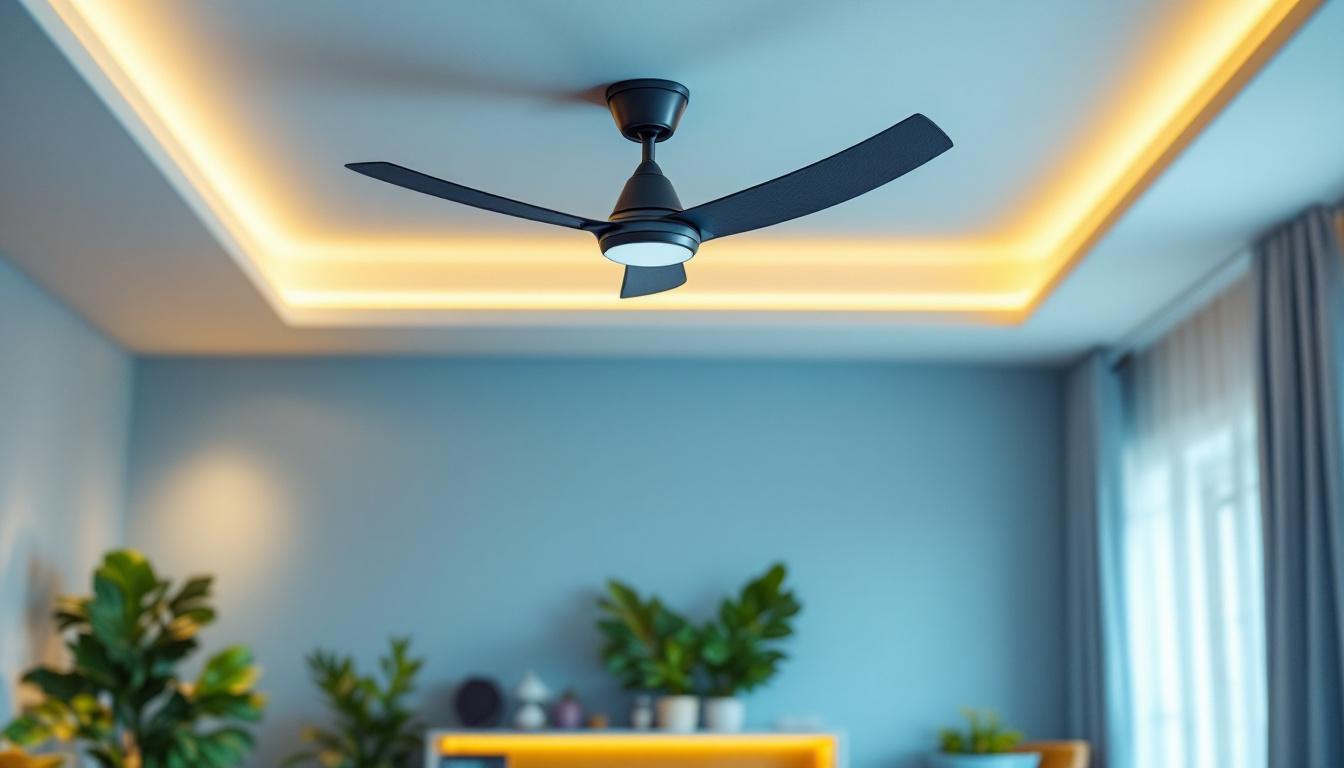
In the world of lighting design and installation, contractors face a myriad of challenges that can affect their efficiency, profitability, and overall project success. Among these challenges, the implementation of turtle lights—specialized lighting designed to protect nesting sea turtles—has emerged as a significant concern. This article delves into the top challenges faced by lighting contractors when dealing with turtle lights, providing insights into how to navigate these complexities effectively.
Turtle lights are specifically engineered to minimize light pollution that can disrupt the natural behavior of nesting sea turtles. These lights are crucial in coastal areas where turtle populations are vulnerable. Understanding the unique requirements and regulations surrounding turtle lights is essential for lighting contractors, as it directly impacts their project planning and execution.
One of the foremost challenges in working with turtle lights is ensuring compliance with local, state, and federal regulations. Many coastal regions have stringent laws governing the type of lighting that can be used during nesting season. These regulations often require contractors to stay updated on the latest guidelines, which can vary significantly from one jurisdiction to another.
Failure to comply with these regulations can result in hefty fines, project delays, and damage to the contractor’s reputation. Therefore, it is imperative for lighting contractors to invest time in understanding the legal landscape and to maintain open communication with local authorities. Additionally, some regions may have specific periods during which certain types of lighting are prohibited altogether, further complicating project timelines and requiring careful planning to avoid any inadvertent violations.
Turtle lights come with specific technical requirements that differ from standard lighting solutions. These specifications often include low-intensity bulbs, specific wavelengths, and shielding designs that reduce upward light emissions. Lighting contractors must be well-versed in these technical details to ensure that the lights installed are effective in protecting the turtles while also meeting the aesthetic and functional needs of the property owner.
Moreover, the installation process can be more complex than typical lighting projects. Contractors may need to collaborate closely with marine biologists and environmental specialists to ensure that the lighting solutions are not only compliant but also scientifically sound. This collaboration can provide invaluable insights into the behavioral patterns of local turtle species, allowing for more tailored lighting strategies. For instance, understanding the nesting habits of different turtle species can help in determining the optimal placement and intensity of lights, ensuring they serve their purpose without interfering with the turtles’ natural instincts. Furthermore, ongoing monitoring and adjustments may be necessary after installation to assess the effectiveness of the lighting and make any required modifications, emphasizing the need for a dynamic approach to turtle light implementation.
The installation of turtle lights presents unique challenges that can complicate the contractor’s workflow. From site assessments to actual installation, several factors must be considered to ensure a successful project.
Before any installation can take place, a thorough site assessment is essential. This involves evaluating the landscape, existing lighting conditions, and potential obstacles that could hinder the effectiveness of turtle lights. Contractors must be adept at identifying areas that require special attention, such as proximity to nesting sites and the presence of other light sources that could interfere with turtle behavior.
Additionally, contractors must consider the environmental impact of their work. This includes assessing the potential for erosion, habitat disruption, and other ecological factors. A comprehensive site assessment not only aids in the effective installation of turtle lights but also helps in fostering a good relationship with the local community and environmental stakeholders. Understanding the seasonal behaviors of local turtle populations can also play a crucial role in determining the best times for installation, ensuring minimal disruption during critical nesting periods.
In many cases, lighting contractors are not the only professionals working on a project. Coordination with other contractors, such as landscapers, builders, and electricians, is crucial for a seamless installation process. Each contractor must be aware of the specific requirements and limitations associated with turtle lights to avoid conflicts and ensure that the project runs smoothly.
This level of collaboration can be challenging, especially when timelines are tight or when other contractors are unfamiliar with the unique needs of turtle lighting. Effective communication and project management skills are essential to navigate these complexities successfully. Furthermore, it may be beneficial for contractors to organize joint meetings or workshops to educate all parties involved about the importance of turtle conservation and the specific technologies being implemented. This not only enhances teamwork but also reinforces the shared goal of protecting local wildlife while completing the project efficiently.
Cost is always a significant factor in any construction or renovation project, and the installation of turtle lights is no exception. However, the unique nature of these lights can lead to unexpected expenses that contractors must be prepared to manage.
The materials used in turtle lighting systems often come at a premium compared to standard lighting options. Specialized bulbs, fixtures, and shielding mechanisms designed to minimize light pollution can increase the overall cost of the project. Contractors must be transparent with clients about these costs and provide a clear breakdown of the benefits associated with investing in turtle lights.
In addition, the need for high-quality materials that can withstand coastal conditions adds another layer of expense. Contractors should prioritize sourcing durable and effective materials to ensure the longevity of the installation, which can ultimately save clients money in the long run. For instance, using corrosion-resistant materials can prevent frequent replacements and repairs, which are often necessary in saltwater environments. Furthermore, investing in energy-efficient options can lead to reduced utility bills over time, making the initial higher costs more palatable for clients.
Labor costs can also escalate when working with turtle lights. The installation process may require specialized skills and knowledge, which can lead to higher labor rates. Furthermore, the need for additional training or consultation with experts in marine biology can add to the overall labor expenses.
Contractors should consider these factors when bidding on projects and ensure that they allocate sufficient resources for labor. Providing clients with a comprehensive understanding of the labor involved can help justify the costs and reinforce the value of the installation. Additionally, contractors may want to factor in the time required for permits and inspections, which can vary significantly by location. Engaging with local wildlife agencies early in the process can streamline these requirements and prevent costly delays, ultimately benefiting both the contractor and the client.
Another challenge that lighting contractors face is the need for effective client education and communication. Many clients may not fully understand the importance of turtle lights or the complexities involved in their installation.
Educating clients about the ecological significance of turtle lights is crucial. Contractors should be prepared to explain how these lights protect nesting sea turtles and the broader marine ecosystem. Providing data and case studies can help clients appreciate the value of investing in turtle-friendly lighting solutions.
Moreover, discussing the potential consequences of non-compliance with regulations can motivate clients to prioritize turtle lights in their projects. By fostering a sense of responsibility and awareness, contractors can enhance client buy-in and support for the installation process.
Setting realistic expectations is another vital aspect of client communication. Contractors should clearly outline the scope of work, timelines, and potential challenges that may arise during the installation of turtle lights. This transparency helps to build trust and ensures that clients are prepared for any unforeseen issues that may occur.
Regular updates throughout the project can also keep clients informed and engaged, reducing the likelihood of misunderstandings or dissatisfaction with the final outcome.
As technology continues to evolve, lighting contractors must stay abreast of the latest advancements in turtle lighting solutions. Embracing new technologies can help mitigate some of the challenges associated with installation and compliance.
Smart lighting technologies offer innovative solutions for turtle lights. These systems can be programmed to adjust brightness levels based on time of day or environmental conditions, minimizing light pollution during critical nesting periods. Contractors should explore these options and consider integrating them into their projects to enhance effectiveness and efficiency.
Additionally, smart lighting solutions can provide valuable data on usage patterns and environmental impact, allowing contractors to make informed decisions and optimize their installations.
Advancements in materials and design have also contributed to the development of more effective turtle lights. New shielding techniques and low-intensity bulbs are continually being refined to minimize disruption to wildlife. Contractors should stay informed about these developments and consider how they can incorporate the latest innovations into their offerings.
By leveraging improved designs and materials, contractors can enhance the performance of turtle lights, ensuring that they meet both regulatory requirements and client expectations.
The challenges associated with turtle lights are multifaceted, encompassing regulatory compliance, technical specifications, installation complexities, cost considerations, client education, and technological advancements. Lighting contractors must navigate these challenges with diligence and expertise to deliver successful projects that protect vulnerable marine life while meeting the needs of property owners.
By staying informed about regulations, investing in quality materials, fostering effective communication with clients, and embracing technological advancements, contractors can position themselves as leaders in the field of turtle lighting. Ultimately, the successful installation of turtle lights not only benefits the environment but also enhances the contractor’s reputation and business potential in the competitive lighting industry.
Ready to overcome the challenges of turtle lighting installations and lead the way in eco-friendly lighting solutions? At LumenWholesale, we provide lighting contractors with the highest quality, spec-grade turtle lights at unbeatable wholesale prices. Our commitment to excellence ensures that you have access to the best products that meet stringent industry standards, without the burden of inflated markups. Plus, with free shipping on bulk orders, you can stock up on the lighting solutions you need without any hidden fees. Elevate your lighting projects and support marine life conservation with the perfect blend of quality, affordability, and convenience. Discover the value we offer by visiting Wholesale Lighting at the Best Value today.

Discover how lightweight suspended ceilings can transform your lighting projects by offering enhanced aesthetics, improved acoustics, and energy efficiency.

Discover how plug-in recessed lighting can transform your home’s energy efficiency.

Discover expert strategies for lighting contractors to tackle common challenges with drop ceiling lamps.

Discover why ceiling fans are often overlooked yet essential components in lighting projects.